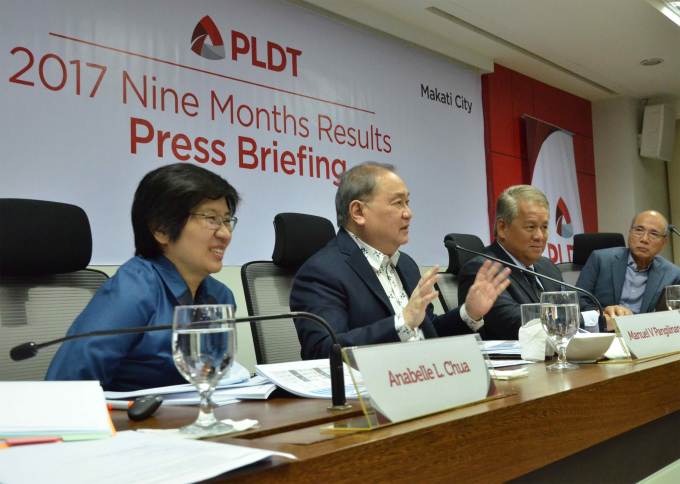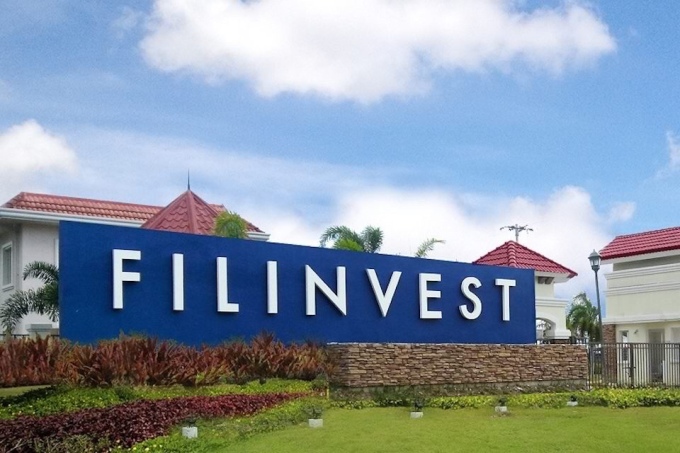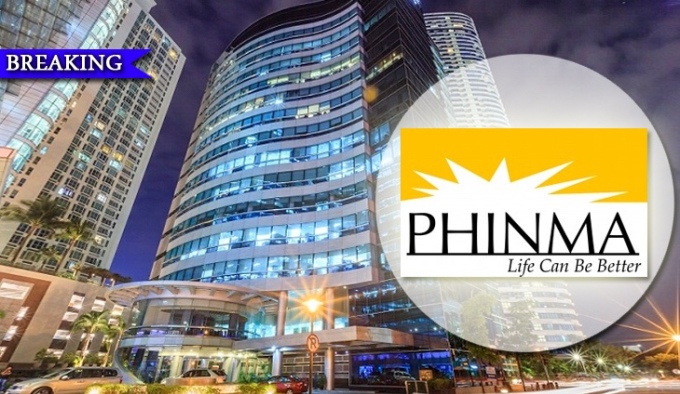It was reported by Inquirer.net on March 9, 2018 that telco giant PLDT (TEL) sounded off hope hat its business struggles were coming to a close this 2018.
Undescripts.com believes that it won’t be so. Its balance sheet would show that as of the end of 2017 it is still loaded with debt. PLDT’s total debt stood at 348 Billion pesos while its capital stood at 111 Billion giving it a total debt to equity ratio of 3.14. PLDT is heavily leveraged. In 2011, PLDT was just leveraged to a ratio of 1.61 total debt to total equity.
Meanwhile, its cash flows from operations is dwindling. For the year 2017 it generated cash flows from operations of 58.6 Billion, 27% lower compared to the cash it generated from operations in 2012 when PLDT generated 80.4 Billion. PLDT’s slowing cash flow generation ability has been due to the fact that it has not respond well to the needs of the time. This is very evident in the erosion of its revenue. From 170.8 Billion for the year 2014 its revenue for the year 2017 was just 160 Billion down 6% from the 2014 level.
 Coins.ph is changing how we use and think about money. Click here to enroll!
Coins.ph is changing how we use and think about money. Click here to enroll!
PLDT did not re-invest enough its earnings during the good years to attune its capabilities with the time, instead PLDT distributed it mostly to its stockholders. It was made a milking cow by its controlling stockholder, the First Pacific Co. Ltd.. In its full-year 2017 results presentation, PLDT boasted that over the last 13 years it has distributed dividends totaling 400.6 Billion or an average of 30.8 Billion per year to its stockholders.
PLDT has put itself deep in the woods – huge debt load, dwindling revenue and cash flows from operations, and huge capital expenditure requirements to update its capability with the demands of time. PLDT has no where to go to funds its capital expenditure (capex) requirements. It is already debt laden, its capability to add more debt to fund its capex is now constrained. To go deep on its balance sheet its remaining material investments is now Rocket Internet with a carrying value of 12.8 Billion Pesos and MediaQuest PDRs with a carrying value of 10.8 Billion as of end of 2017. The two assets are the only material investments left available for sale to fund capex requirements. Undescripts.com reported this earlier.
Undescripts.com believes that eventually PLDT will have to lower its dividend payout. As of end of 2017 at a price of 1,480, PLDT’s (TEL) dividend yield stands at 5.1%. It is of our opinion that to sustain such dividend yield, the market has to price PLDT (TEL) lower at around 990 or maybe higher at 1,000. At that price we recommend to include it in your portfolio.









